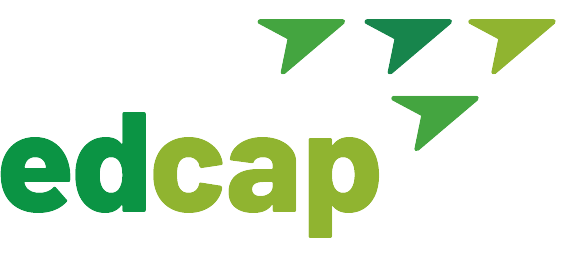The Student Loan Repayment Grace Period, or “On-Ramp”, Ended on September 30, 2024
If you haven’t started making payments on your student loans by this deadline, understand that the consequences of missed payments become more severe starting October, 2024, including damage to your credit, default, and involuntary collections.
But the good news is that you don’t have to let this happen to you! You can enroll in an affordable, income driven repayment plan and get on track toward loan forgiveness. Scroll down to learn more.
What if my loans are in default?
Options like rehabilitation and consolidation can get your student loans out of default, stop collections, and restore access to income driven repayment plans and debt relief options. Learn more.
Why are the consequences of missed payments worsening?
The COVID-19 payment pause ended in September of 2023 and the federal government gave borrowers a grace period for missed payments, known as the on-ramp, for an extra year, which ends September of 2024.
Overview of Missing vs. Resuming Student Loan Payments Starting September 2024
| Missing Payments / Staying in Default | Resuming Payments / Getting out of Default |
| Harm to your credit. Wage garnishment. Tax refund intercepts. Social security and/or disability benefit offsets. Collections and court costs. | Access income driven repayment plans, starting as low as $0/mo. Earn credit toward loan forgiveness programs. Stop balance from growing due to interest charges. Access short-term relief, if needed, such as deferment or forbearance. |
Missed Payments: Detailed Timeline of Consequences
- The first day after you miss a student loan payment, your loan becomes past due, or delinquent.
- If you are delinquent on your student loan payment for 90 days (3 months) or more, it will go on your credit report. A poor credit rating can make it difficult to:
- Obtain credit cards, home or car loans
- Sign up for utilities
- Get insurance
- Enroll in a cell phone plan
- Get approval to rent an apartment
- If you continue to be delinquent for 270 days (9 months), your federal loans will go into default.
Student Loan Default: Detailed Consequences
- Your wages can be garnished, tax refunds intercepted, and Social Security or disability benefits offset through administrative actions.
- You may be charged court costs, collection fees, attorney’s fees, and incur other expenses associated with the collection process.
- Rebuilding a good credit record can take years.
- Forced payments made while in default won’t count toward loan forgiveness programs.
- You will lose eligibility for Federal Student Aid.
Be Aware: Collections activities can go on for your entire life, even in retirement, because there is no statute of limitations on federal student loans. Your balance will also continue to grow as interest, penalties, and fees accumulate.
Benefits of Resuming Payment on Time
You can enroll in an affordable, income driven repayment (IDR) plan via studentaid.gov, with some borrowers qualifying for payments as low as $0, all while earning credit toward loan forgiveness programs and avoiding harm to your credit, default, and collections. Learn more about the repayment plans and strategies to effectively tackle your debt.
Know about two key forgiveness programs based on qualifying monthly payments under an IDR plan:
ALERT: Please be advised that the SAVE plan is temporarily blocked by a court order and the only way to enroll in any IDR plan is through a paper application at this time. Learn more.
Considerations when it comes to starting repayment:
- Loan Servicer: Your federal student loan servicer manages your billing and services. Find your servicer by logging into your account at studentaid.gov under “My Loan Servicers.”
- Update Contact Info: Ensure your contact information is current on both studentaid.gov and your servicer’s account to receive important notifications.
- Repayment Options: There are various repayment plans available, so you’re likely to find one that fits your budget.
- Affordability: If your monthly payment is too high, you can switch to a different plan at any time.
- Temporary Relief: If you face financial difficulties, you can request a deferment or forbearance to pause payments while keeping your loans in good standing.
- Autopay Discount: Enroll in autopay to receive a 0.25% interest rate reduction.
- Grace Period: You have six months to start repaying after graduation, dropping below half-time enrollment, or withdrawing from school. If you graduated during COVID, you must resume payments by no later than October 2024 to avoid delinquency or default.
What’s next?
Determine your debt tackling strategy, enroll in the right repayment plan, start making on-time monthly payments, and track your progress towards your goal.
Explore our resources below to help you get on the right track!
Want Personalized Assistance?
If you live in New York State, contact EDCAP for a free, unbiased counseling session with one of our student loan experts. We can help you explore relief options and come up with a comprehensive, tailormade plan to help you tackle your student debt.
Attend a webinar for more in-depth guidance and a live Q&A to get answers to all your questions in real-time from student loan experts.










